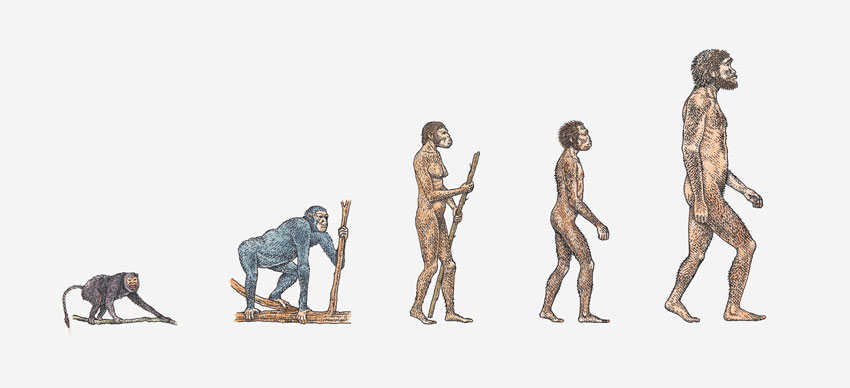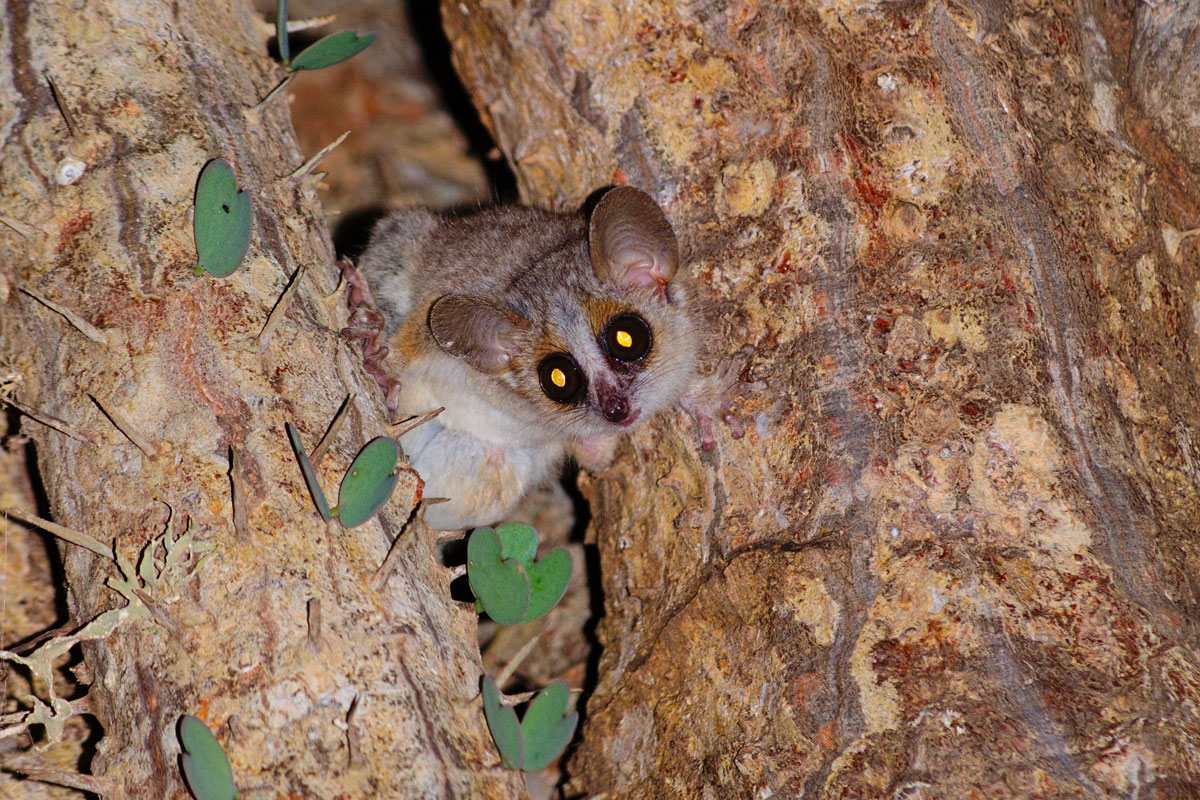MOST PRIMITIVE PRIMATE BONES EVER, FOUND IN GUJARAT: STUDY
The extinct Gujarat primates appear to be most similar to the gray mouse lemur, pictured here.
A cache of exquisitely preserved 25 tiny bones, found in a coal mine in Gujarat, appear to be the most primitive primate bones yet discovered, according to a new analysis by an international team of researchers. – @Siliconeer #Siliconeer #primatebones #science #evolution #discovery #Gujarat
The assessment of the bones belonging to ancient rat-sized, tree-dwelling primates, bolsters the controversial idea that primates native to what is now India played an important role in the very early evolution of mammals that include humans, apes and monkeys, researchers said.
“All other primate bones found so far around the world clearly belong to one or the other of the two primate groups, called clades: Strepsirrhini and Haplorhini,” said Kenneth Rose, from the Johns Hopkins University School of Medicine.
“But many of the Gujarat bones show features that do not clearly belong to one clade or the other,” said Rose.
According to Rose and lead author Rachel Dunn from Des Moines University, this suggests that the little primates represent a very early stage of primate evolution.
At the beginning of the Eocene Epoch, about 56 million years ago, the world was warming, encouraging the dispersal of mammals between northern continents.
The oldest known primate fossils found appeared around then in North America, Europe and northern Asia, but they can already be categorized as either adapoids or omomyids, the most primitive members of Strepsirrhini and Haplorhini, respectively.

The newly discovered group of 25 tiny bones, all from somewhere below the neck of the animals, are younger – some 54.5 million years old – but considerably more primitive than the oldest known primate fossil, Teilhardina, which first appears in deposits at the beginning of the Eocene, almost 56 million years old.
They are also more primitive than a relatively complete skeleton of the primate Archicebus, found recently in China and dated to about 55 million years ago, said researchers, including those from Garhwal University and Wadia Institute of Himalayan Geology in Uttarakhand, and Panjab University in Chandigarh, India.
Their analysis, Rose said, suggests the Gujarat primates are close descendants of the common ancestor that gave rise to the adapoids and omomyids found on the northern continents.
However, the Gujarat primates date back to a time when what is now India was a drifting land mass – isolated from the northern continents and inching its way toward southern Asia.
“These are the best preserved and most primitive bones we have from the first 5 million years of primate evolution, but there’s not enough evidence currently for us to figure out when these primates reached India or where they came from,” said Rose.
“They are similar enough to the early primates found on the northern continents to indicate that their ancestors migrated between the northern continents and what is now India – but in which direction isn’t clear,” Rose said.
Rose said there are several possible scenarios to explain what they have suggested, but all his team can say with high confidence now is that the tiny primates occupied equatorial India prior to its collision with Asia.
Even though the researchers do not have enough bones to reconstruct a whole skeleton, the bones were not embedded in rock so they could be thoroughly examined from every angle, providing insights into the evolution of primate anatomy.
The research was published in the Journal of Human Evolution.


